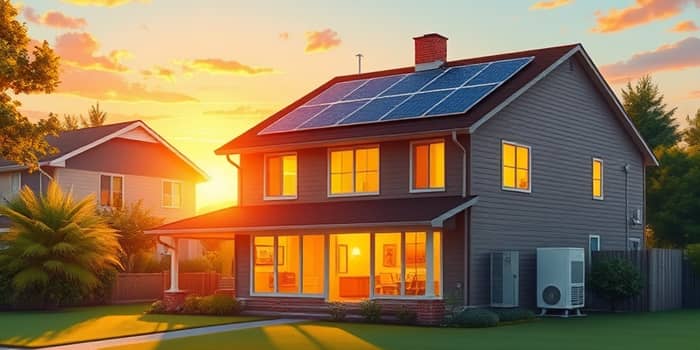
Upgrading your home to be more energy efficient can lower your utility bills, enhance comfort, and reduce carbon emissions. The federal government offers Energy Efficient Home Improvement Credit and Residential Clean Energy Credit programs to encourage these investments. Understanding the scope, requirements, and process will help you maximize your benefits and make informed decisions.
The primary incentives span through 2032, rewarding homeowners for installing high-performance appliances, insulation, and renewable energy systems. These credits are nonrefundable, meaning they reduce the federal tax you owe, dollar for dollar.
Most credits equal a percentage of your eligible costs. For example, you can claim 30% of qualifying costs for many upgrades, including labor for HVAC installations. Renewable energy systems like solar and geothermal also qualify at this 30% rate, with no upper limit.
Before scheduling an installation, ensure you meet these baseline rules. Proper documentation and certification are critical to claiming credits successfully.
The Energy Efficient Home Improvement Credit provides up to up to $3,200 per year in federal tax credits. There is generally a $1,200 cap for standard upgrades and an additional $2,000 for certain advanced technologies.
Labor costs count for installations of qualifying energy property like heat pumps, water heaters, and biomass stoves, but not for windows, doors, or insulation.
The Residential Clean Energy Credit supports renewable systems, including solar panels, wind turbines, geothermal heat pumps, and qualified fuel cells. This credit covers 30% of system cost with no upper limit.
Eligible properties include your primary and second homes (except fuel cells, which are limited to primary residences). There is no annual cap, making it ideal for large-scale installations.
Filing for energy tax credits is straightforward if you follow IRS guidelines and keep thorough records.
Strategic planning can help you spread improvements over multiple years and fully utilize your credit limits.
Federal energy tax credits provide a powerful incentive to make your home more efficient and sustainable. By understanding eligibility rules, capturing all qualifying costs, and staying current on certification requirements, you can unlock substantial savings.
Whether you install solar panels, upgrade insulation, or replace aging HVAC equipment, these credits reduce your upfront investment and accelerate your return. Embrace these opportunities to enhance comfort, cut energy bills, and contribute to a greener future.
References













